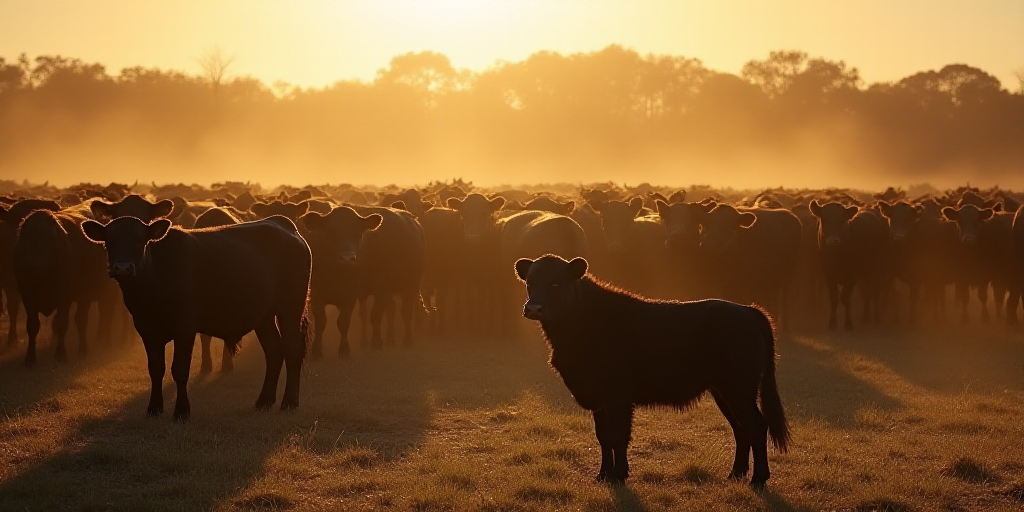US Agriculture Secretary Brooke Rollins Announces Temporary Ban
The United States Department of Agriculture (USDA) Secretary, Brooke Rollins, announced a temporary suspension on the importation of live cattle, horses, and bison from Mexico due to the New World Screwworm plague. The decision aims to prevent the spread of this pest, which previously caused significant damage to the US livestock industry, taking nearly 30 years to recover.
Rollins stated, “I am announcing the suspension of live cattle, horses, and bison imports through the southern border ports of entry into the United States, effective immediately.” She emphasized, “The last time this devastating plague invaded the US, it took our livestock industry 30 years to recover. This cannot happen again.”
“We Do Not Agree”: Mexico’s Agriculture Secretary Julio Berdegué
Shortly after the announcement, Mexico’s Secretary of Agriculture and Rural Development (SADER), Julio Berdegué, expressed his disagreement with the measure. He was informed of the 15-day suspension by his US counterpart but did not support it. Berdegué had previously assured that Mexico would collaborate in eradicating the New World Screwworm following warnings from the US about potential import restrictions if the situation wasn’t addressed promptly.
In response to a letter from Rollins expressing concern over the limited operation of pesticide spraying flights in Mexico (reduced to six days instead of the required seven), Berdegué had committed to working towards resolving the issue.
Human Cases Reported in Mexico
Mexico’s Secretary of Health recently confirmed two cases of human screwworm (caused by the larvae of the fly Cochliomyia hominivorax) in Chiapas, while Oaxaca authorities are monitoring the situation after detecting a case in an equine.
The New World Screwworm is a larva from the fly Cochliomyia hominivorax, which deposits its eggs in open wounds on animals and, rarely, humans. The larvae feed on living tissue, causing an infection known as myiasis. Although the plague was eradicated in Mexico in 1991, it reappeared two years ago in Panama and has since spread to other Central American and southern Mexican countries.
Cases in Chiapas
The first human case was detected in March of this year, involving a 77-year-old woman from Acacoyagua who fell and sustained a head injury. She did not receive immediate medical attention, leading to a diagnosis of myiasis after developing fever days later. She was transferred to the Regional High Specialty Hospital Ciudad Salud in Tapachula for treatment.
The second case involved a 50-year-old man from Tuzantán who was bitten by a dog on his left leg. The wound went untreated, and four days later, the patient noticed larvae emerging, accompanied by severe pain, redness, and fever. He was treated at the Huixtla Health Center, where six larvae were removed.
Case in Oaxaca
No human cases of screwworm have been reported in Oaxaca, but health authorities are maintaining active epidemiological surveillance following the detection of an infection in an equine located in Matías Romero Avendaño.
Key Questions and Answers
- What is the New World Screwworm? It’s a larval stage of the fly Cochliomyia hominivorax that feeds on living tissue, causing myiasis in animals and rarely in humans.
- Why did the US suspend imports from Mexico? To prevent the spread of the New World Screwworm plague, which previously caused significant damage to the US livestock industry.
- How many human cases have been reported in Mexico? Two cases of human screwworm have been confirmed in Chiapas, while Oaxaca authorities are monitoring a case in an equine.
- What is the current status of the screwworm eradication in Mexico? Mexico’s SADER, Julio Berdegué, has committed to collaborating with the US in resolving the issue and eradicating the New World Screwworm.






